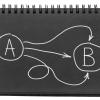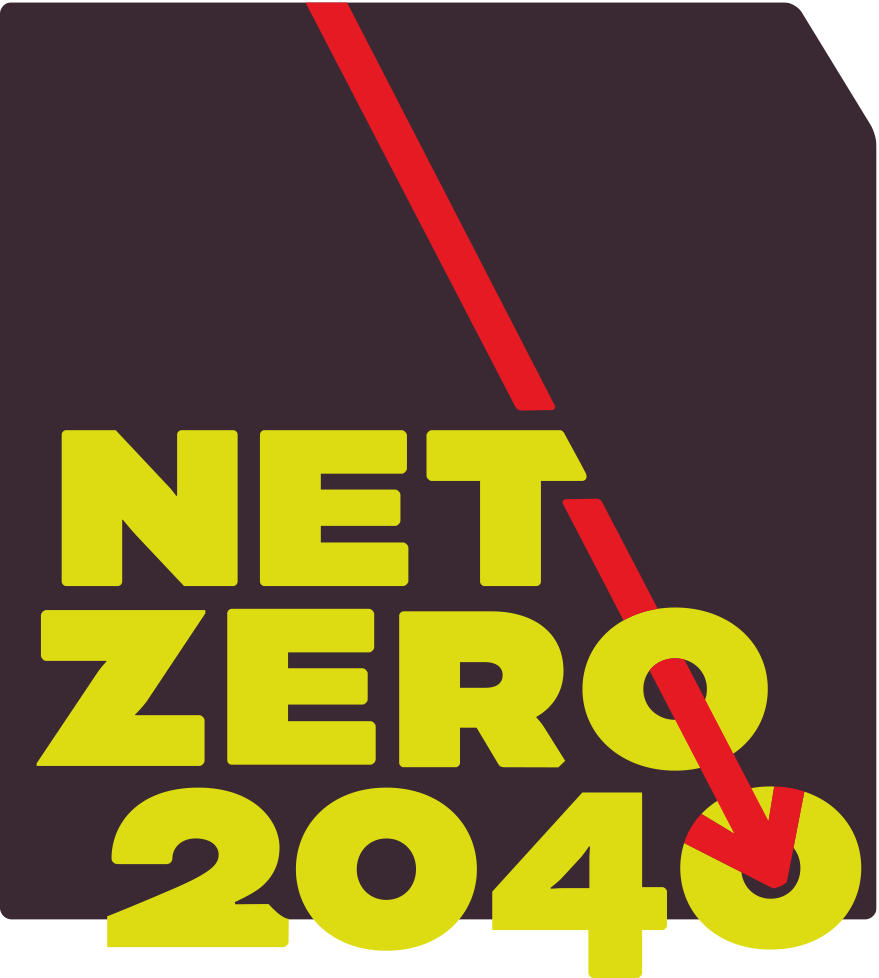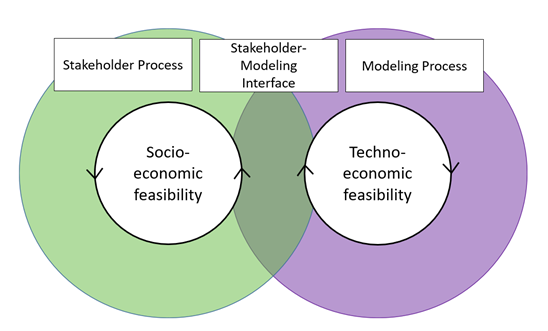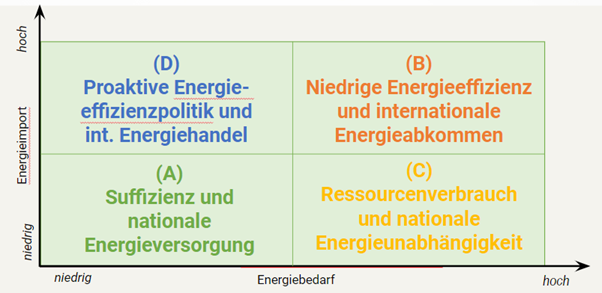
BOKU, the Austrian Energy Agency and IIASA develop Austrian scenarios to achieve climate neutrality within the NetZero2040 project
Global total greenhouse gas (GHG) emissions must be limited urgently, and latest by mid-century to net-zero level to remain within chances to meet the Paris Agreement warming target. In line with these ambitions, Austria is committed to achieve “climate neutrality” by 2040 (Regierungsprogramm, 2020). While the IPCC’s Special Report on Global warming of 1.5°C (IPCC SR15) presents global scenarios towards this goal, national pathways consistent with this goal are far less developed.
The NetZero2040 project aims to establish a set of comprehensive and consistent alternative emission pathways that can ensure reaching the Austrian 2040 climate target. These scenarios integrate the development of the energy system, energy imports and the energy demand sectors, such as buildings, mobility, food, etc.
NetZero2040 creates 4 feasible pathways that feature various levels of energy imports on one end, and a combination of energy supply and demand solutions on the other end, as well as the transformation needed between 2020 and 2040. Besides the 2040 climate neutrality target, the scenarios consider other societal priorities, pointing at synergies and trade-offs with e.g., wellbeing, decent levels of living, inequalities, economy. =. The scenario results and indicators will be made available to the scientific community via the IIASA Scenario Explorer infrastructure.
NetZero2040 is a project funded by funded by the Austrian Climate Fund through the Austrian Climate Research Program, carried out by the Austrian Energy Agency (AEA) as the project coordinator together with BOKU-INWE and IIASA.
NetZero2040 is a project funded by funded by the Austrian Climate Fund through the Austrian Climate Research Program, carried out by the Austrian Energy Agency (AEA) as the project coordinator together with BOKU-INWE and IIASA.




